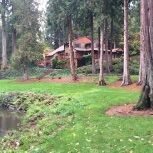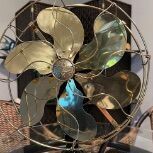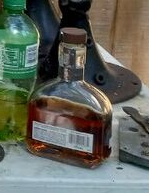Leaderboard
Popular Content
Showing content with the highest reputation on 12/06/2022 in all areas
-
6 points
-
3 points
-
2 points
-
My Menominee Clamshell was a bit noisy, due to a worn front bearing. I asked Darryl Hudson, our fan bearing and Menominee specialist, if he had replacements, but he said he never had the need. So, I pulled out the bearing and inspected it. Shaft OD: .249” Bearing ID vertically: .264” Bearing ID horizontally: .253” It’s typical to have more wear vertically due to the weight of the rotating assembly. I got this idea to try to crush the bearing smaller, then ream it out, a technique commonly used to repair worn clock bearings. But, I had some precision .249” shaft, so I cut a piece a little shorter (about .03”) than the bearing length, slid the shaft inside the bearing, and crushed it in a small vise: When I was done, the bearing measured .253” ID. I put the bearing back in the fan, and now it runs like new. I assume that only the front and rear of the bearing are properly sized, so the fix may not last 100 years.2 points
-
2 points
-
Hi folks I was looking on the old forum for patent drawings, or other discussion of the operating principle of the famous Meston desk fan motor. Sadly, there is so much chaff and argument about what is and is not a "real" Meston that the actual info about how the motor works, was lost in the noise. I remember seeing this info previously but cannot seem to locate it now. To clarify, I am looking for a concise explanation of the operating principle of the Meston motor which is not an induction motor. Thanks for any info. I really appreciate it.1 point
-
1 point
-
1 point
-
1 point
-
Good question David, Great reply Jim... I want to go through the whole thing again tonight, wonderful info and images.....1 point
-
1 point
-
1 point
-
You'll have to correlate data cross-referencing individual serial fan numbers; Class -- the "make" (e.g. FI-1, etc.); and patent dates from individual fan motor tags and sequence this information so that you can prove that no Meston is an Emerson. You'll need to comb through company engineering data to accomplish this task. Catalogs and old industrial trade journals are insufficient to prove your point; hard data is necessary to present a compelling argument. Absent this structure, your contention is based on little more than anecdotal observation. Do this and you'll have an argument. Don't do this and you're premise is weak.1 point
-
After viewing the responses here I’m bound by common decency to make available to all a valuable resource. Namely 1-316-133-4287 (1-FanAddicts). They provide help and counseling. That said……anyone know where I can pick up a pancake project fan at a reasonable price ??? Maybe one with all the parts but needs work? (yes, I’m dialing the number now……)1 point
-
This list should get you going. Let me know if I missed anything. I get all my washers and shims from McMaster in the hundred packs, and I am not sure where you are going to get them piecemeal in small quantities. As was posted earlier, Darryl Hudson may have them. 1. Shim 1/2ID x 3/4OD x ~.030" thick Red Rotor 4 each Motor Base 2 each 2. Shim 1/4ID x 3/8OD X ~.015" thick Gray Oscillator Arm 2 each 3. Shim 5/16ID X 9/16OD X ~.030" thick Red Spur Gear on shaft 2 each 4. Shim 5/16ID x 7/16OD x ~.030" thick Red Spur Gear shaft between adjuster and bottom of gear case. 1 each 5. Shim 3/16ID x 3/8OD x ~.030" thick Red Gear housing gears and oscillator drive shaft. 4 each 6. Rotor/Hub Leather washer. 1 each NOTE: The number of shims used for the rotor and the motor base require some alignment, and I'll will be glad to help you when you get there.1 point
-
1 point
-
1 point
-
You can also rotate the bearing 1/4 turn left or right and drill a new hole on top. The egg-shaped wear is shifted to 9-3 o'clock and strangely enough the fan quiets down. Must be a gravity thing. Not a quality fix, but it makes a difference. 🙂1 point
-
1 point
-
1 point
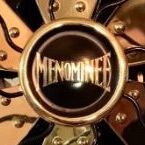







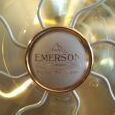


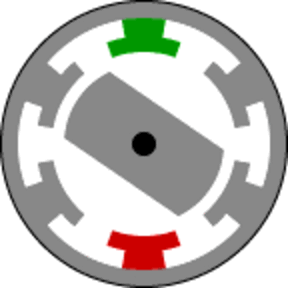





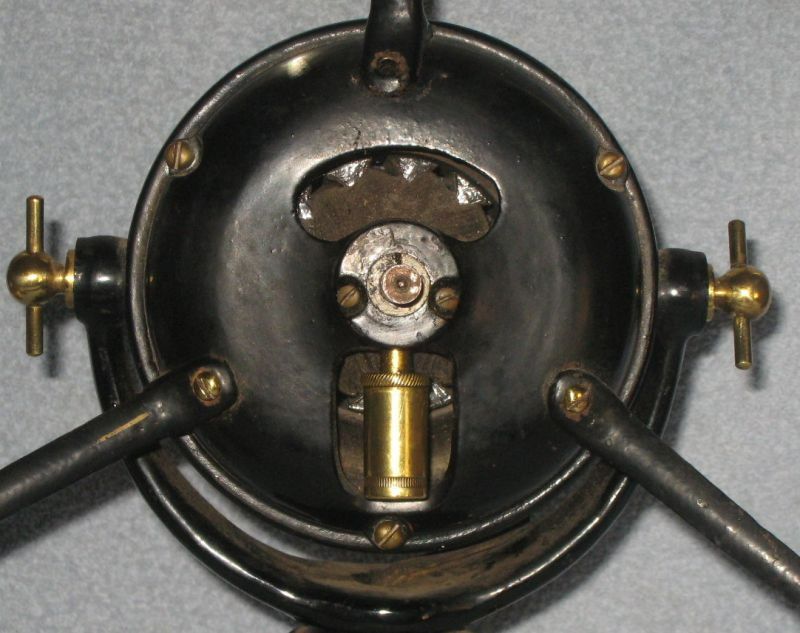










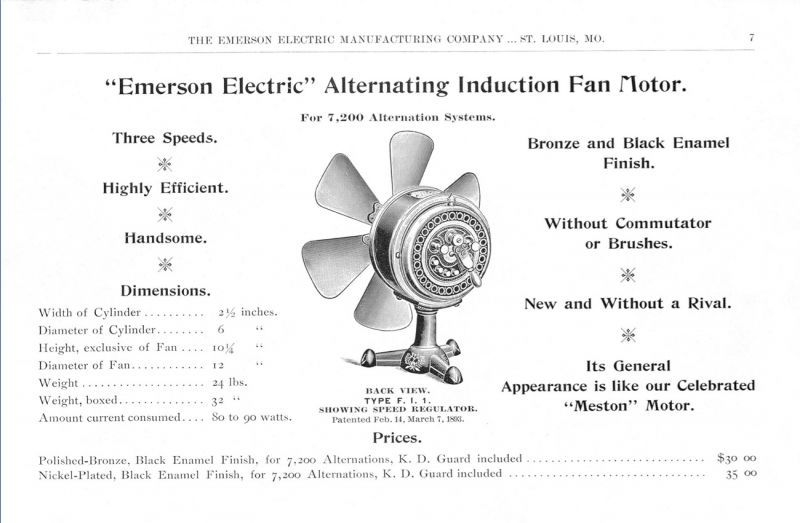
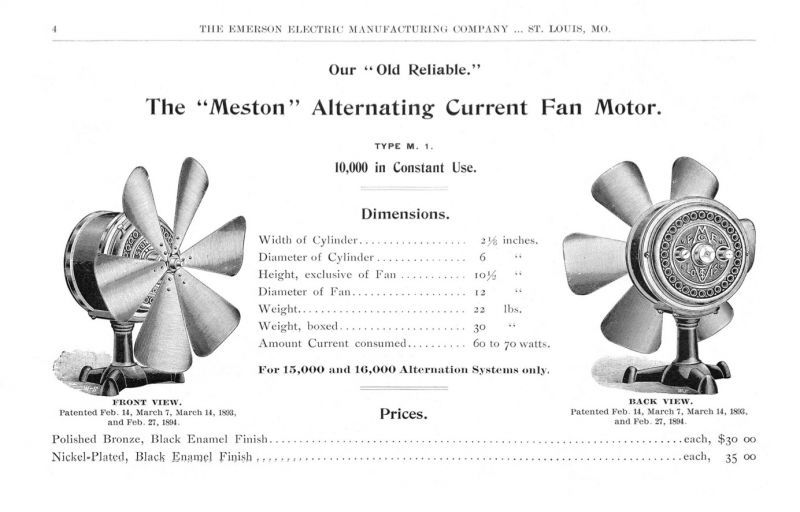
.thumb.jpg.a0490b4bb4e5a3465d626c5f2485bebe.jpg)

